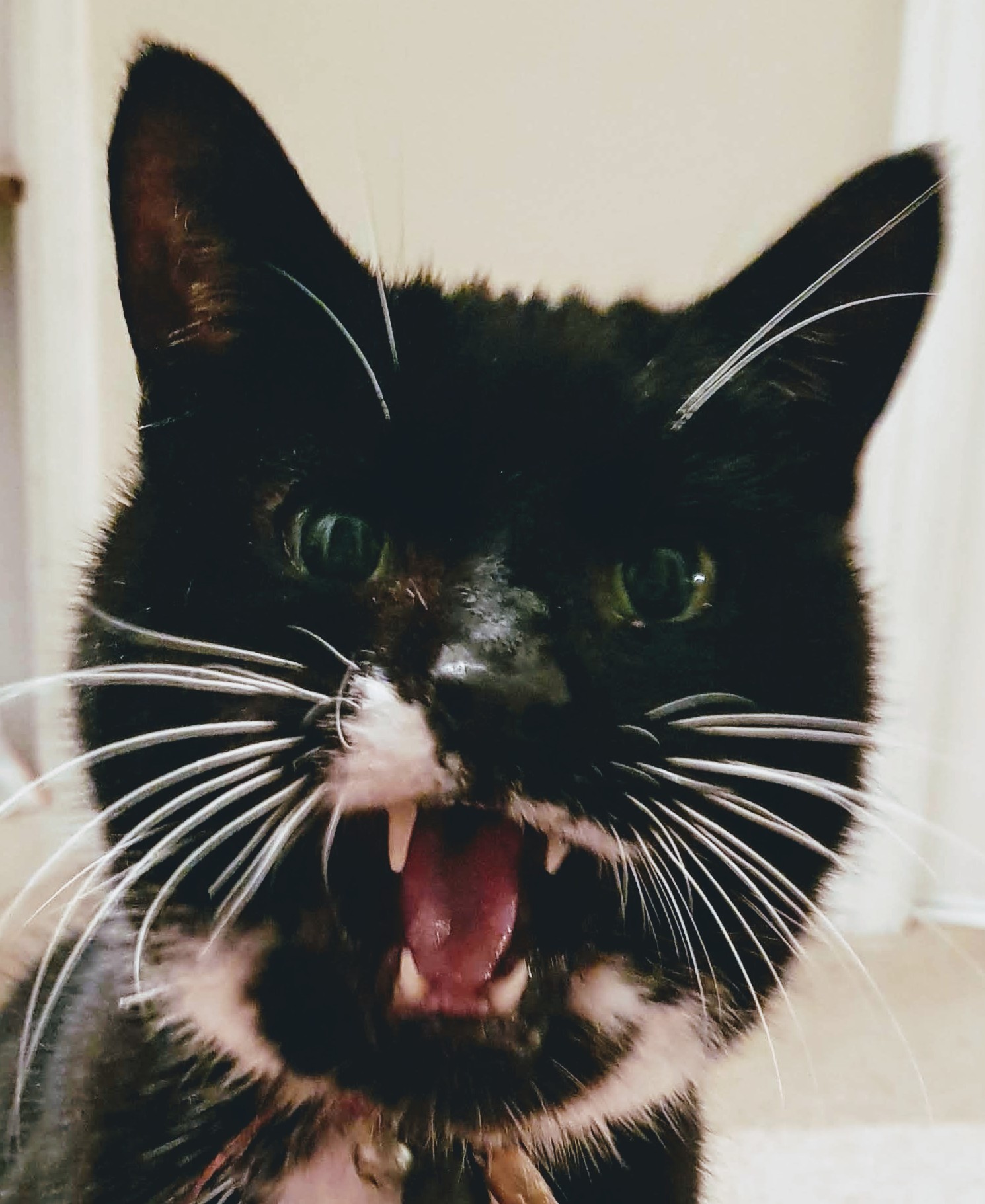Effective Strategies for Preventing Gingivitis in Cats and Dogs
- thedentalrvn

- Jul 13
- 3 min read
Gingivitis is a widespread dental issue in cats and dogs. This condition occurs when the gums become inflamed due to plaque buildup. If not addressed, it can lead to serious dental problems and impact an animal's overall health. In fact, research indicates that up to 80% of dogs and 70% of cats develop dental disease by the age of three. Thus, preventive measures are essential for maintaining our furry companions’ dental health. This blog post outlines effective strategies to keep gingivitis at bay and promote dental well-being.
Understanding Gingivitis
Gingivitis develops when plaque accumulates on teeth, resulting in gum irritation and inflammation. Symptoms to watch for include:
Redness and swelling of the gums
Bleeding when eating or brushing
Bad breath
Recognising these signs early is crucial, but the best approach is to prevent gingivitis through consistent dental care.
The Importance of Dental Care
Dental care for pets is often undervalued, but it is as vital as regular vet visits and vaccinations. Neglecting oral hygiene can lead to periodontal disease, which has been linked to serious health problems like heart, liver, and kidney issues. Studies show that pets with periodontal disease are twice as likely to develop systemic health issues. By prioritising dental care, we enhance their chances of a longer, healthier life.
Regular Dental Check-ups
Regular veterinary visits, ideally every six months, are key in preventing gingivitis. During these appointments, your veterinary nurse can spot early signs of dental problems and advise on professional cleanings. Data shows that pets receiving regular dental cleanings are 67% less likely to develop significant dental diseases. These proactive measures are essential for long-term oral health.
Daily Brushing
Brushing teeth daily is one of the most effective ways to combat gingivitis. Using a pet-specific toothbrush and toothpaste makes this task easier. Begin the process slowly:
Let your pet taste the toothpaste.
Gradually introduce the toothbrush, ensuring that the experience is positive.
Aim to brush at least four to five times a week. This simple habit can reduce plaque significantly.

Dental Chews and Treats
Dental chews and treats can be an enjoyable part of an oral care routine. Many of these products are specially designed to help reduce plaque and tartar buildup. Look for high-quality options endorsed by veterinary dental organisations, as these tend to best influence oral health. For example, studies show that specific dental chews can reduce plaque levels by nearly 25% over time.
Diet Matters
Diet directly impacts dental health. A diet rich in dental kibble can be more effective in reducing plaque than soft foods. For instance, a study found that pets fed textured kibble had up to 30% less plaque. Mixing wet food with dry kibble can provide hydration while promoting oral care.
Water Additives
Dental water additives can help reduce plaque and freshen breath. These additives can easily be mixed into water, offering a simple way to boost oral hygiene. Studies suggest that pets using these additives experience up to a 15% reduction in plaque over a few weeks. However, ensure pets can access clean, fresh water without additives for optimal hydration.
Monitoring Oral Health
Monitor the pet’s mouth for signs of gum disease or other oral issues. Check for swollen gums, discoloration, or changes in breath. Early detection can significantly affect treatment outcomes.
Training Your Pet for Dental Care
Getting your pet accustomed to dental care routines is fundamental for long-term success. Begin with short sessions and slowly extend their length. Reward your pet with praise or small treats to create a positive association with dental care. This training can lead to a more pleasant experience for you and your furry friend.
Use of Dental Toys
Incorporate dental toys that promote gum health into playtime. These toys are designed to help mechanically clean teeth while entertaining your pet. Ensure the toys are appropriate for your pet’s size and chewing habits. Research indicates that regular use of dental toys can help reduce plaque buildup by approximately 20%.
Importance of Consistency
Establishing a consistent dental care routine is essential for achieving positive results. Include dental health activities in your pet's daily regimen. This consistency improves oral health and helps your pet adjust to the care practices over time.
A Healthier Future for Your Pets
Preventing gingivitis in cats and dogs involves a proactive and well-rounded approach. From regular veterinary check-ups to daily brushing and monitoring oral health, you can implement these strategies to keep your pets’ gums and teeth healthy. Early intervention is critical, and your commitment to your pet's dental hygiene greatly influences their overall health and happiness.
These steps will contribute to your furry companions' brighter, healthier future. Start today, and you will be rewarded with your pets’ happy, wagging tails and affectionate purrs.







Comments